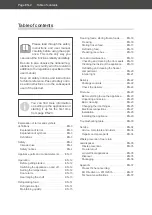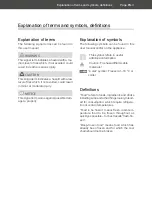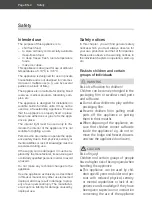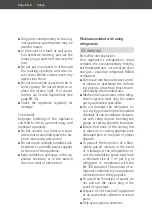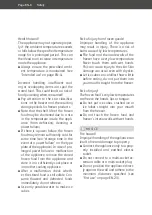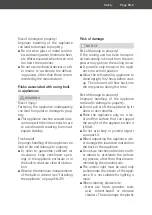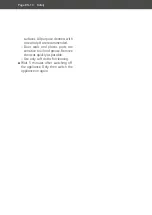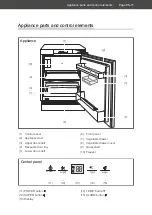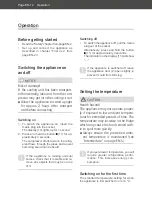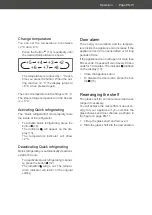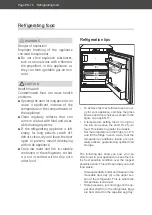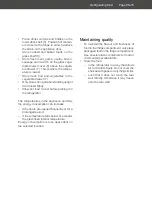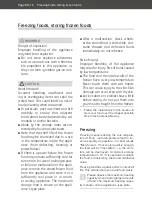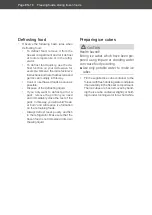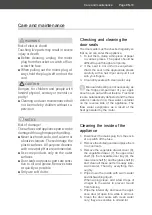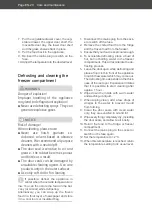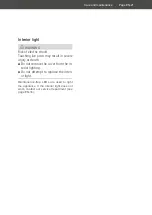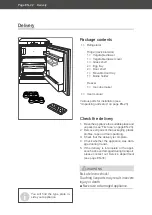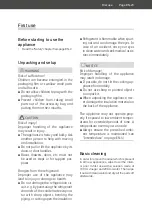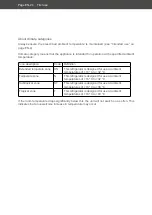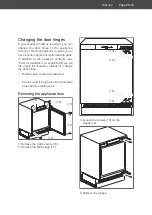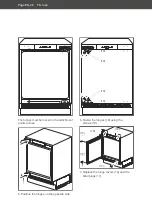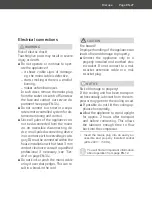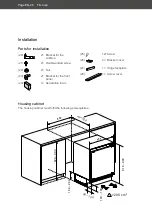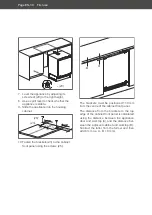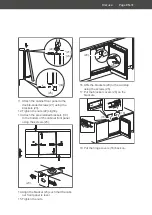
Freezing foods, storing frozen foods
Page EN-16
Freezing foods, storing frozen foods
WARNING
Danger of explosion!
Improper handling of the appliance
may lead to an explosion.
■
Do not store explosive substances
such as aerosol cans with a flamma-
ble propellant in this appliance, as
they can form ignitable gas-air mix-
tures.
CAUTION
Health hazard!
Incorrect handling, insufficient cool-
ing or overlapping items can spoil the
stored food. This could lead to a risk of
food poisoning when consumed.
■
In particular, pack raw meat and fish
carefully to ensure that adjacent
food cannot be contaminated by sal-
monella or similar bacteria.
■
Abide by the storage times recom-
mended by food manufacturers.
■
Note that the shelf life of the frozen
food may be shortened due to a rise
in the temperature inside the appli-
ance (from defrosting, cleaning or
power failure).
■
If there is a power failure, the frozen
food may remain sufficiently cold for
some time. In case of prolonged pow-
er failure or malfunction of the appli-
ance, remove the stored frozen food
from the appliance and store it in a
sufficiently cool place or in anoth-
er cooling appliance. The maximum
storage time is shown on the appli-
ance’s type plate.
■
After a malfunction, check wheth-
er the stored food is still edible. Con-
sume thawed and defrosted foods
immediately, do not refreeze.
Risk of injury!
Improper handling of the appliance
may result in injury. Risk of burns caused
by low temperatures.
■
The food and the inside walls of the
freezer have a very low temperature.
Never touch them with wet hands.
This can cause injury to the skin. Skin
damage can occur even with dry skin.
■
Let ice cubes or ice lollies thaw a little
before eating, do not put them into
your mouth straight from the freezer.
• Follow the instructions in this section to
store your food over the longest possible
time in the best possible way.
Freezing
Freezing means reducing the core tempera-
ture of fresh, room-temperature food to fro-
zen as quickly as possible – for best results
“flash-frozen”. If not cooled quickly enough,
the food will be “frost-bitten”, i.e. the struc-
ture will be destroyed. A constant storage
temperature of –18 °C is needed to maintain
the food’s consistency, taste and nutritional
value.
Freezing food has a positive effect on its shelf
life. This will also help you avoid food waste.
Please observe the maximum freezing
capacity when freezing larger amounts
of food. The maximum freezing capac-
ity is shown on the appliance’s type plate.

